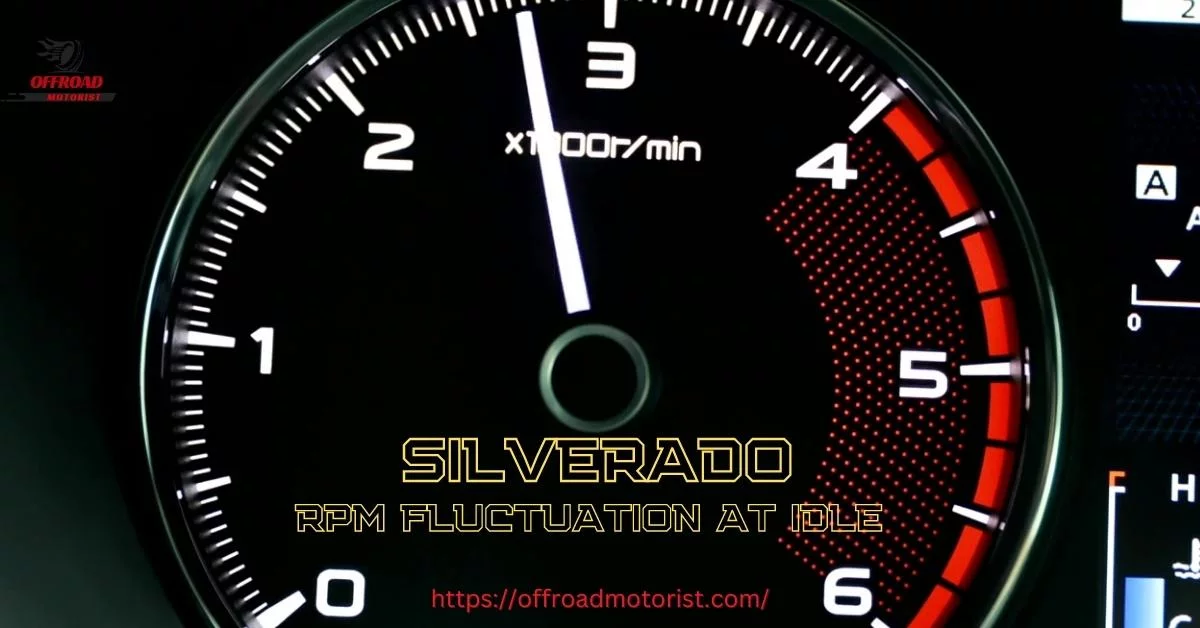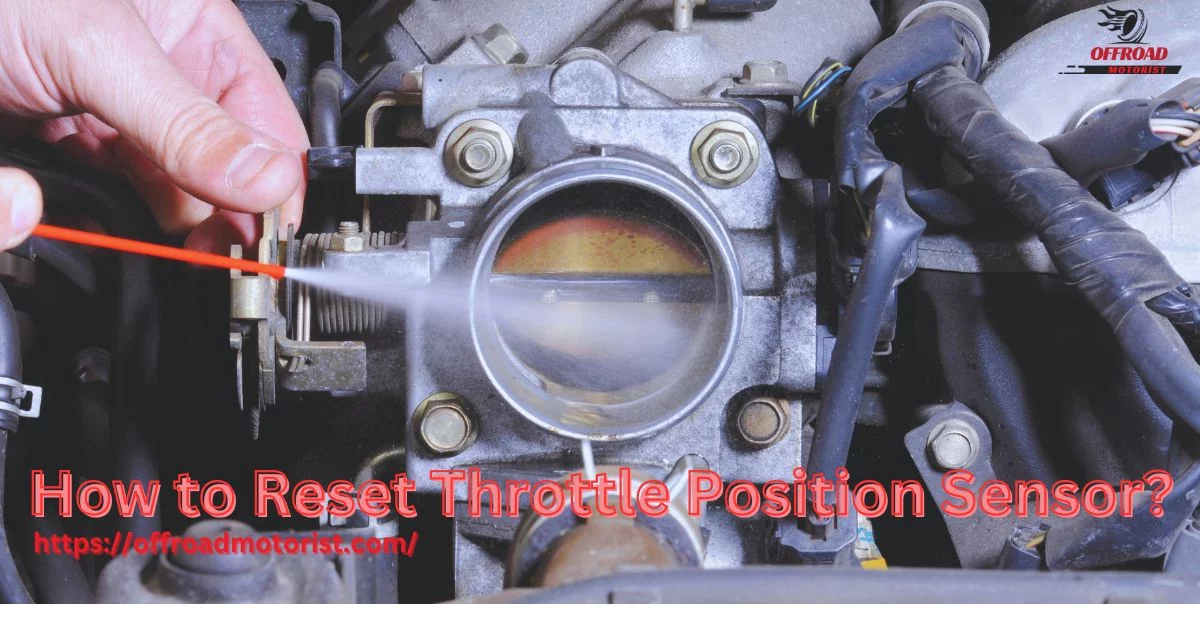Chevy Tahoe Magnetic Ride Control Problems | How To Get Your Smooth Ride Back
What is Magnetic Ride Control in Chevy Tahoe?
The Chevrolet Tahoe is a popular full-size SUV known for its powerful engine and spacious interior. One of its key features is magnetic ride control, which uses a magnetorheological fluid in the shocks to adjust the suspension in real time, providing a smooth and comfortable ride.
Magnetic Ride Control (MRC) is an active suspension system that uses magnetorheological (MR) fluid in the shocks to adjust the suspension in real-time.
MR fluid is a type of oil that changes viscosity when exposed to a magnetic field, which allows the suspension to adjust to road conditions and provide a smooth and comfortable ride.
The technology behind MRC is based on the principle of magnetism, where the MR fluid is filled in the strut, and a magnetic field is applied to the fluid to change its viscosity.
This change in viscosity controls the stiffness of the shock and adjusts the suspension to the road condition. When a magnetic field is applied to the MR fluid, the fluid’s particles align, and the fluid becomes thicker, which makes the suspension stiffer.
When the magnetic field is removed, the fluid particles become disorganized, and the fluid becomes thinner, making the suspension softer.
Traditional suspension systems, MRC, provide a more refined and responsive ride. Traditional suspension systems use mechanical means to adjust the stiffness of the shocks, such as coil springs or airbags.
MRC, on the other hand, uses the magnetic field to change the MR fluid’s viscosity, allowing for real-time adjustments and more precise control of the suspension. This makes it more responsive to road conditions and improves ride quality.
Symptoms of a Malfunctioning Magnetic Ride Control in Tahoe
Symptoms of a malfunctioning Magnetic Ride Control in the Chevrolet Tahoe can include:
I.Rough ride or bumpy ride
If the MRC system is not working properly, the suspension may become stiff or unstable, resulting in a rough or bumpy ride. Various factors, such as worn or damaged components, leaks in the MR fluid, or faulty sensors, can cause this.
II. Warning light on the dashboard
If there is a problem with the MRC system, it will often trigger a warning light on the dashboard. This can indicate a wide range of issues, from a simple sensor problem to a more serious issue with the suspension.
III. Noise from the suspension
A malfunctioning MRC system can also produce noise from the suspension. This could be a sign of worn or damaged components or a problem with the MR fluid.
IV. Leakage of fluid
If the MR fluid is leaking, it can cause the suspension to become stiff or unstable. This can be caused by worn or damaged shock seals, allowing the fluid to escape.
Note: Other issues, such as worn tires, worn or damaged suspension components, or a lack of maintenance, can also cause these symptoms.
Causes of a Malfunctioning Magnetic Ride Control in Tahoe
Causes of Malfunctioning Magnetic Ride Control in the Chevrolet Tahoe can include:
01. Worn-out parts
Over time, the components of the MRC system can wear out and become damaged. This can include things like worn or damaged shocks, worn or damaged seals, or worn or damaged MR fluid.
02. Faulty sensors
The MRC system relies on sensors to detect road conditions and adjust the suspension accordingly. If these sensors malfunction, it can cause the system to become unresponsive or to make the wrong adjustments. This can result in a rough ride or warning messages on the dash.
03. Electrical issues
The MRC system also uses a compressor to regulate the flow of MR fluid in the shocks. If the compressor is not working properly, it can cause the suspension to become stiff or unstable. This is usually caused by a problem with the electrical system that powers it.
04. Lack of maintenance
The MRC system requires regular maintenance to keep it working properly. This includes regular oil changes and inspections of the MR fluid, sensors, and other components.
If the system is not properly maintained, it can lead to problems such as leaks, worn or damaged components, or faulty sensors.
Note: Various factors can cause these problems, and it’s important to have the vehicle inspected by a qualified mechanic to determine the exact cause of the problem.
How to Diagnose Magnetic Ride Control Problems in Tahoe
Diagnosing Magnetic Ride Control (MRC) problems in the Chevrolet Tahoe can be done by performing the following steps:
01. Inspection of the suspension
A visual inspection of the suspension can help to identify any obvious problems such as leaks, worn or damaged components, or loose connections. This can include looking for leaks or damage to the MR fluid, shocks, and other system components.
02. Testing of sensors and control module
The MRC system relies on sensors and a control module to detect road conditions and adjust the suspension accordingly. These components can be tested using diagnostic equipment to check for proper operation.
03. Scanning for codes
A scan tool can retrieve any diagnostic trouble codes (DTCs) stored in the vehicle’s computer. These codes can help to pinpoint the specific problem with the MRC system.
04. Checking for leaks
Any leaks in the MR fluid can be determined by visual inspection. If leaks are found, the damaged component will have to be replaced.
These steps are general procedures, and the exact diagnosis may vary depending on the vehicle’s year, make, and model. It’s always best to inspect the vehicle by a qualified mechanic or dealership technician.
How to fix Magnetic Ride Control Problems in Tahoe
Fixing Magnetic Ride Control (MRC) problems in the Chevrolet Tahoe can be done by performing the following steps:
01. Replacing worn-out parts
If worn or damaged components are found during the diagnosis, they will need to be replaced. This can include things like worn or damaged shocks, worn or damaged seals, or worn or damaged MR fluid.
02. Replacing faulty sensors
If faulty sensors are found during the diagnosis, they must be replaced. This includes sensors that detect road conditions and adjust the suspension accordingly.
03. Repairing electrical issues
It will need to be repaired if an electrical problem is found during the diagnosis. This can include problems with the compressor or other electrical components of the system.
04. Regular maintenance
Following the recommended maintenance schedule is important to keep the MRC system working properly. This includes regular oil changes and inspections of the MR fluid, sensors, and other components.
Note: These steps are general procedures, and the exact solution may vary depending on the vehicle’s year, make, and model. It’s always best to have the vehicle inspected by a qualified mechanic or dealership technician with the proper tools and expertise to fix the problem.
Prevention Methods of Malfunctioning Magnetic Ride Control in Tahoe
To keep your Magnetic Ride Control in good working condition, you can follow these steps of Prevention methods.
01. Regular maintenance
Regularly scheduled maintenance, such as oil changes, tire rotations, and alignment, can help prevent MRC system problems.
02. Check for leaks
Regularly inspect the shocks and suspension components for any signs of leakage. If you notice any leaks, have them repaired immediately.
03. Use proper tires
Using the correct tire size and type for your vehicle can help to prevent uneven tire wear and prolong the life of the MRC system.
04. Avoid heavy loads:
Overloading your vehicle can put extra stress on the suspension and MRC system, so it’s best to avoid carrying heavy loads whenever possible.
05. Avoid rough roads
Avoiding rough roads or terrain as much as possible can help to prevent damage to the MRC system and prolong its life.
06. Keep an eye on the warning light
If the MRC warning light turns on, check the system out as soon as possible to prevent further damage.
07. Keep your vehicle updated
Keep your vehicle updated by bringing it to the dealer for software updates and checking for available service bulletins.
08. Use good-quality MR fluid
Using low-quality MR fluid can lead to problems with the MRC system, so it is best to use the recommended MR fluid from the manufacturer.
By following these prevention methods, you can help prolong the life of your Chevy Tahoe’s MRC system and ensure that it continues to provide a smooth ride for many miles.
FAQs
Whether you’re a Tahoe owner or simply looking for information about Magnetic Ride Control, this FAQ will provide valuable insights.
How can I tell if my Tahoe’s Magnetic Ride Control is not working?
Signs that the Magnetic Ride Control is not working include a rough ride, the “Service Suspension System” message on the dashboard, and the suspension not adjusting properly.
Is it safe to drive my Tahoe with a faulty Magnetic Ride Control?
While it is technically safe to drive with a faulty Magnetic Ride Control, it can greatly affect the handling and stability of the vehicle and can be dangerous in certain conditions.
How much does it cost to fix Magnetic Ride Control problems?
The cost to fix Magnetic Ride Control problems can vary depending on the specific issue and whether it’s a repair or replacement. It can cost anywhere from a few hundred to over a thousand dollars.
Can I fix Magnetic Ride Control problems myself?
In most cases, attempting to fix Magnetic Ride Control problems yourself is not recommended, as it requires specialized knowledge and equipment.
What causes Magnetic Ride Control sensors to fail?
Magnetic Ride Control sensors can fail for various reasons, such as age, exposure to moisture, and physical damage.
How often should I have my Tahoe’s Magnetic Ride Control inspected?
To ensure it is properly working, it is recommended to have your Magnetic Ride Control inspected at least once a year or every 12,000 miles.
Can I add Magnetic Ride Control to my Tahoe if it doesn’t have it?
Magnetic Ride Control is a factory-installed option, so it cannot be added to a Tahoe that did not come with it from the factory.
Does a leak in the Magnetic Ride Control fluid affect the performance of the system?
Yes, a leak in the Magnetic Ride Control fluid can greatly affect the system’s performance, causing the suspension not to adjust properly and potentially causing damage to other components.
What is the lifespan of the Magnetic Ride Control system?
The magnetic Ride Control system’s lifespan varies; it could last for 150,000 miles or more; however, it is recommended to be inspected regularly for any issues.
Can the Magnetic Ride Control system be rebuilt?
It is possible to rebuild the Magnetic Ride Control system, but replacing it with a new or remanufactured unit is often more cost-effective.
Can I use non-magnetic fluids in the Magnetic Ride Control system?
No, non-magnetic fluids cannot be used in the Magnetic Ride Control system as they will not allow the system to function properly.
What are the warning signs of a failing Magnetic Ride Control compressor?
Warning signs of a failing Magnetic Ride Control compressor include a “Service Suspension System” message on the dashboard, a rough ride, and the suspension not adjusting properly.
Can I drive my Tahoe with the Magnetic Ride Control system disconnected?
It is not recommended to drive a Tahoe with the Magnetic Ride Control system disconnected as it can greatly affect the handling and stability of the vehicle and can be dangerous in certain conditions.
Final Words
By taking care of your Tahoe’s MRC system, you can ensure that it continues to provide you with a smooth and comfortable ride. With regular maintenance, professional diagnosis, and repair, you can prevent future problems and enjoy your vehicle for many miles.
Are you facing problems with your daytime running lights(DRLs)? Don’t know How to Turn On Daytime Running Lights on Your Chevy Tahoe? Don’t Worry; Click here for the best solutions.

![Chevy Silverado Interior Lights aren’t Turning Off? Eradicate Interior Lights Issues Forever [03 easy Steps] chevy silverado interior lights aren't turning off](https://offroadmotorist.com/wp-content/uploads/2023/02/chevy-silverado-interior-lights-arent-turning-off-150x150.jpg)










